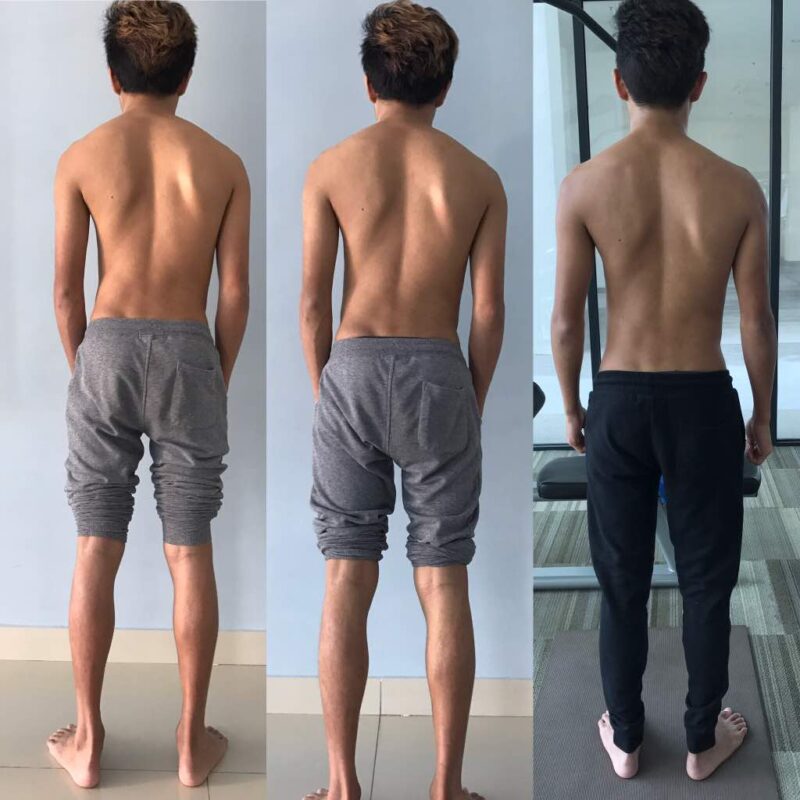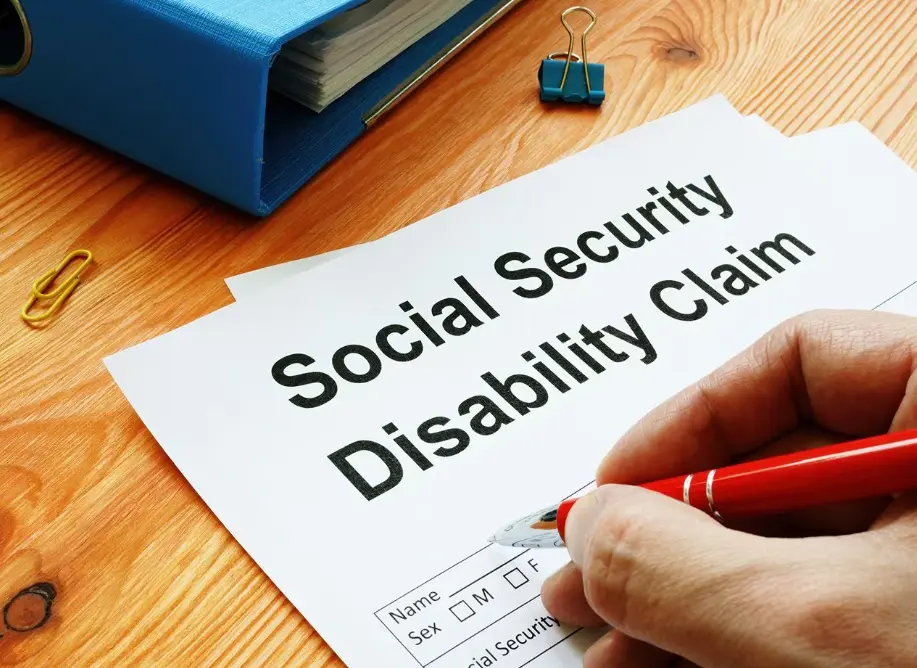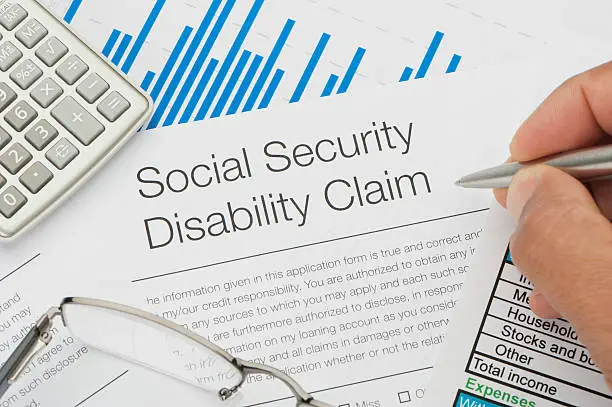脊柱側湾症 is a medical condition characterized by an abnormal curvature of the spine. It can cause significant pain, discomfort, and limitations in daily activities. In severe cases, scoliosis can be debilitating enough to prevent individuals from working and earning a living. For these individuals, disability benefits may provide crucial financial support. This article explores how to apply for and qualify for disability benefits specifically for scoliosis, offering insights into the process and requirements.
Understanding Scoliosis and Its Impact on Daily Life
Scoliosis affects approximately 2-3% of the population, with most cases diagnosed during adolescence. It causes the spine to curve abnormally, leading to potential complications such as breathing difficulties, chronic pain, and limited mobility . For those with severe cases, the physical limitations can make it challenging to perform daily activities and maintain employment.

Types of Disability Benefits Available for Scoliosis
Two primary types of disability benefits are available for individuals with scoliosis in the United States: Social Security Disability Insurance (SSDI) そして Supplemental Security Income (SSI). SSDI is intended for individuals who have paid into the Social Security system through their work history, while SSI is a needs-based program for those with limited income and resources .
Eligibility Criteria for Scoliosis Disability Benefits
To qualify for disability benefits due to scoliosis, applicants must meet specific criteria set by the Social Security Administration (SSA). The SSA uses a five-step evaluation process to determine eligibility:
- Severity of Condition: The scoliosis must be severe enough to significantly limit an individual’s ability to perform basic work activities.
- Medical Listing Criteria: The condition must meet the SSA’s Listing of Impairments for musculoskeletal disorders .
- Residual Functional Capacity (RFC): If the condition does not meet the medical listing, the SSA evaluates whether the individual’s RFC still allows them to perform any type of work .

How to Apply for Scoliosis Disability Benefits
The application process can be complex and time-consuming. It’s advisable to start the application as soon as possible to avoid delays in receiving benefits. Required steps include:
- Gathering Documentation: Collect medical records, employment history, and financial information.
- Submitting the Application: Applications can be submitted online via the SSA website or by scheduling an appointment at a local SSA office .
- Providing Detailed Information: Include accurate and thorough details to support your claim, such as pain levels, functional limitations, and medical treatments.
Required Documentation for Scoliosis Disability Benefits Application
To support your claim, you must provide extensive documentation. This includes:
- Medical Records: Diagnosis details, X-rays, MRI scans, and test results .
- Treatment History: Information about medications, physical therapy, surgeries, and other treatments.
- Healthcare Provider Statements: Statements from doctors and specialists outlining your limitations and functional capacity .

Medical Evaluation and Assessment for Scoliosis Disability Benefits
During the application process, you may need to undergo a medical evaluation by a healthcare professional chosen by the SSA. The assessment focuses on measuring your spinal curvature, range of motion, and overall ability to perform work-related tasks .
Common Challenges in Obtaining Scoliosis Disability Benefits
Obtaining disability benefits for scoliosis is often challenging due to several factors:
- Subjective Pain and Limitations: Since pain is subjective and difficult to quantify, proving its severity can be difficult.
- SSA’s Strict Criteria: Meeting the SSA’s rigid standards for disability can be tough for those with milder scoliosis.
- Incomplete Documentation: A lack of comprehensive medical records and incomplete applications can lead to claim denials .
Appealing a Denied Scoliosis Disability Benefits Claim
If your claim is denied, you have the right to appeal. The appeals process involves multiple stages:
- Reconsideration: A review of the original application with additional evidence.
- Hearing: A hearing before an administrative law judge.
- Further Appeals: Appeals to the Appeals Council and, if necessary, federal court .
Seeking help from a disability attorney or advocate can improve your chances of success during the appeals process .

Additional Support and Resources for Individuals with Scoliosis
In addition to disability benefits, individuals with scoliosis can access resources and support from non-profit organizations like the 側湾症研究会 and the 全米側湾症財団. These organizations offer educational resources, support groups, and guidance on managing scoliosis .
Frequently Asked Questions About Scoliosis Disability Benefits
- Can scoliosis alone qualify for disability benefits? Scoliosis can qualify for benefits if it meets the SSA’s criteria for severity and functional limitations .
- How long does it take to receive disability benefits? The process can take several months to over a year, depending on factors like application complexity and backlog .
- Can I work part-time and still receive benefits? Earning substantial income may disqualify you from receiving benefits, but there are work incentives for those looking to return to work.
Conclusion and Final Thoughts on Scoliosis Disability Benefits
Scoliosis can have a profound impact on an individual’s ability to work and perform daily activities. Disability benefits offer financial relief for those whose scoliosis severely limits their ability to earn a living. By understanding the SSA’s eligibility criteria, providing thorough documentation, and seeking professional assistance, you can improve your chances of securing the benefits you need. Additionally, accessing support from scoliosis organizations and healthcare professionals can enhance your overall quality of life while managing this condition.
参考文献
- Kotwicki T, Negrini S, Grivas TB, et al. "Methodology of evaluation of scoliosis, back deformities and posture"(側弯症、背中の変形、姿勢の評価方法)。 脊柱側湾症.2009;4:26: 10.1186/1748-7161-4-26.
- Weinstein SL, Dolan LA, Cheng JC, et al. "Adolescent idiopathic scoliosis.". ランセット.2008;371(9623):1527-1537: 10.1016/S0140-6736(08)60658-3.
- Negrini S, Donzelli S, Aulisa AG, et al. "2016年SOSORTガイドライン:成長期の特発性側弯症の整形外科的治療とリハビリテーション治療". 脊柱側湾症と脊椎疾患.2018;13:3: 10.1186/s13013-018-0175-8.
- Trobisch P, Suess O, Schwab F. "Idiopathic scoliosis". ドイツ芸術協会.2010;107(49):875-883: 10.3238/arztebl.2010.0875.
- Hresko MT.「臨床の実際。思春期の特発性側弯症" N Engl J Med.2013;368(9):834-841: 10.1056/NEJMcp1209063.
- Bettany-Saltikov J, Weiss HR, Chockalingam N, et al. "Surgical versus non-surgical interventions in people with adolescent idiopathic scoliosis.". Cochrane Database Syst Rev.2015;2015(4). doi: 10.1002/14651858.CD010663.pub2.
- 社会保障庁。"障害者給付" https://www.ssa.gov/benefits/disability/.
- Lonstein JE, Carlson JM."未治療の特発性側弯症における成長期のカーブ進行予測" J Bone Joint Surg Am.1984;66(7):1061-1071: 10.2106/00004623-198466070-00008.
- Kaspiris A, Grivas TB, Weiss HR, Turnbull D. "Scoliosis:診断と治療のレビュー". 国際整形外科ジャーナル.2013;37(1):34-42: 10.1038/s41390-020-1047-9.
- Monticone M, Ambrosini E, Cazzaniga D, et al. "Active Self Correction and task-oriented exercises reduces spinal deformity and improve quality of life in subjects with mild adolescent idiopathic scoliosis:ランダム化比較試験の結果" 欧州脊椎学会.2016;25(10):3118-3127: 10.1007/s00586-016-4625-4.

